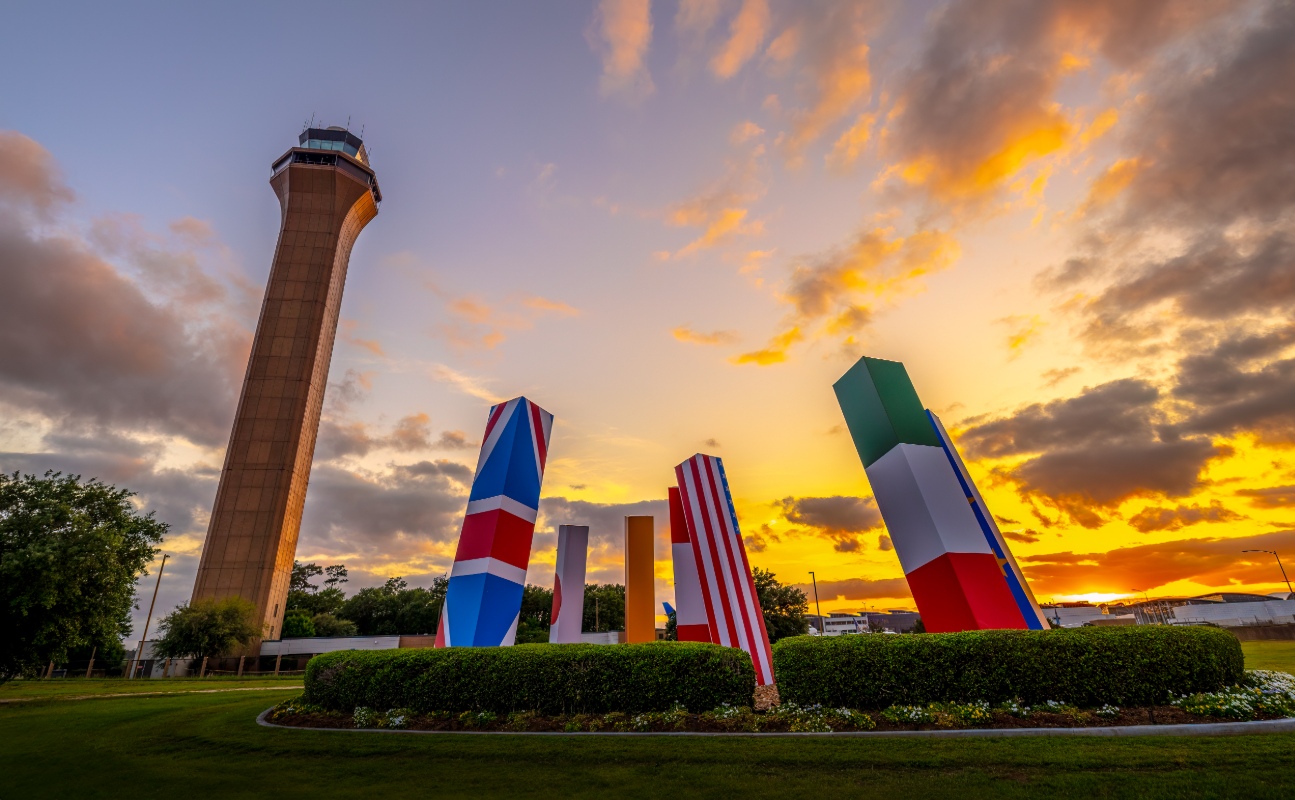Marketing Expert: Engaging Your Customers in a Time of Social Distancing
Published Mar 20, 2020 by Maggie Martin
Texas Governor Greg Abbott signed an executive order on March 19 prohibiting any social gathering of more than 10 people. It's the latest move in a broader effort by federal and local governments to encourage social distancing. According to guidelines from John Hopkins Medicine, that means staying at least six feet away from other people to lessen the chance of catching or spreading COVID-19. (See other public health resources here).
The policy poses a particular challenge for businesses, especially those that rely on face-to-face interaction with their customers.
For best practices on how businesses can engage their customers from a distance, Aimee Woodall provides insight below. She's the president and founder of The Black Sheep Agency, a marketing, brand strategy and design agency.
What sectors or types of businesses are impacted most by limited contact with customers?
Everyone. In ways they never imagined. If it's not hitting now, it will hit in the next few months. This is not going away. We're thinking positively, but we have to be realistic. Marketing will never look the same. Things we have long assumed about customers are rapidly changing.
Service industries have immediately been put to a halt. One of the most talked-about is the hospitality industry, but there are less visible professions, like massage therapists, specialty doctors (dermatologists, acupuncturists, physical therapists), personal trainers, nail technicians, hairstylists, event planners and producers—anyone who plays a role in gatherings, large or small, is having to rethink how they do business (and fast).
I’m missing thousands of professions here because human connection fuels every business segment. Even in the most automated of businesses, they are still people, full of ideas and emotion, behind the machines. Now we have to figure out how we can create, operationalize, recover and reinvent in this unknown and incredibly isolated territory. But first, we have to survive until we know where it’s all headed.
What are the greatest challenges? And are there even some opportunities?
Events are being canceled or postponed, but no one really knows how long social distancing will need to last, so their revenue is unreliable and hard to predict timing. Most people in this industry are shifting their thinking to digital production and gatherings, which will become a necessity as the world sorts out how to move forward, and human connection becomes a desperate need. When the world recovers from this pandemic, we will be powerfully connected in new ways and, ultimately, businesses will run more efficiently because of it.
On top of potential new efficiencies, great leaders are born in times like these. There are so many opportunities for businesses of all sizes and offerings to stand firm in their conviction and rise up in how they support and are viewed by the community. How?
Place people over profit. Your shareholders hold high expectations around your organization’s output and performance, but this is the time that your employees, families and partners will remember the way that you performed for them. Look internally for meaningful ways that you can provide the kind of support that your teams need to feel the security and opportunities. Survey your team, speak up and down the chain of command to hear what they hear on the ground and actively seek feedback on the programs that you launch so that you can pivot and improve.
Fully realize your company's vision and values. Those powerful things you say on your website and business cards? This is what those words were written for—those guiding principles and visionary ideas that help you navigate when the path is dark and uncertain. Bring these important ideas back to the forefront of your team’s mind as you live them out loud and empower others to do the same. And, if those words are stale or do not serve you any longer, you know a critical activity that needs to happen when your organization is in a place to revisit who you are and what you dream of as an organization.
How can those businesses keep their customers engaged from a distance?
Mental and emotional bandwidths are increasingly limited in times of uncertainty. Your goal should not be to continue your regularly scheduled programming but to reflect on the nuanced shifts in your business environment that are impacting the humans that build your client and community ecosystem. Sometimes this means amplifying others in lieu of self-interested promotion. Sometimes this means creative and unexpected partnerships that bring an entirely new success metric within your organization.
‘Nothing will ever be the same’ is a phrase we’re all hearing and repeating at the moment. Find a path through that feeling of confusion and hopelessness by closely monitoring what content, services and products are viable and tapping into your internal brain trust to deftly maneuver out of what’s stale or currently inappropriate and what should be escalated into reality.
We shouldn't be thinking of engaging customers in a traditional sense anymore. We have to think in quick phases:
- Phase 1: Are my employees okay and taken care of? What can I do to ensure that?
- Phase 2: How can we be inventive with revenue streams? What needs to move digitally right now and how can we act, test, learn and apply to be the best at it?
- Phase 3: New business. What's the most valuable win that will get us through the next 4-6 months? What's our back-up plan? The thing is, these phases aren't over the course of months. They are choices we are making every minute in these next few days.
What are the potential takeaways of implementing those practices for the long-term?
People will have an extreme impatience for marketing or organizational choices that feel selfish. Selling like our stereotypical image of a car salesman is completely out (it was already passé, but now it will enrage people). We will have to shift to asking for what people need most, not what they want. What are the necessities? What can we do together to get to a new stage where we have the resources we need to feel good about things again? I hope, much like after the disasters we’re regrettably more accustomed to, we’ll bond together, support each other and show the rest of the world how Houston handles the toughest of times.
The Partnership has put together a list of items companies should consider when preparing for and dealing with the impact of the coronavirus.
The Partnership's Houston Coronavirus Resources guide provides information around the virus to businesses and individuals in our region. We will continue to update this page as new information becomes available.
Read our latest issue of Economy at a Glance. It looks at what we know about the COVID-19 coronavirus and its impact on Houston as well as the plunge in oil prices.
 The Houston Report
The Houston Report




















